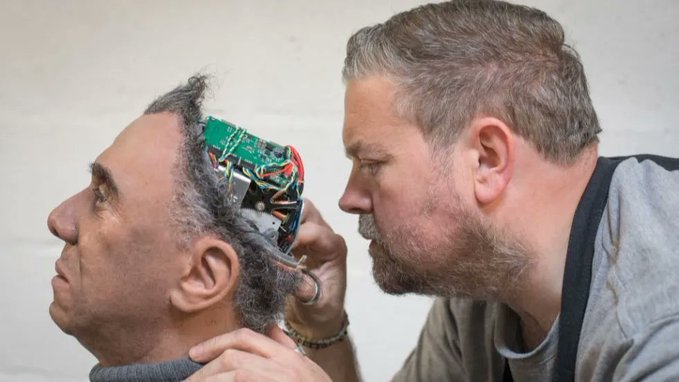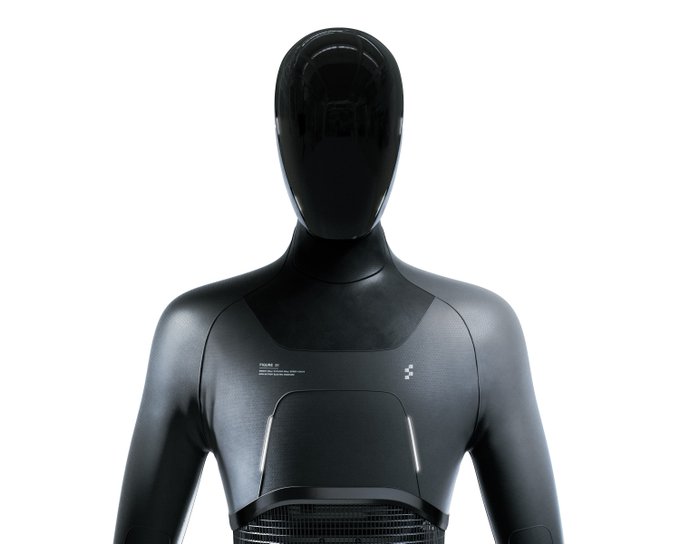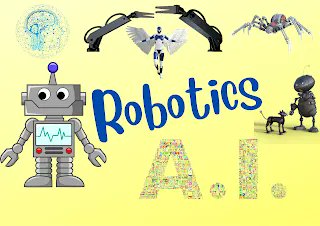It was a busy weekend at the local supermarket, and lines were forming at checkout. Around a half-dozen people lined up at the automated checkout registers when I noticed there was no line at the checkout where a human cashier was waiting. When a customer approached the checkout area, they scanned the options and decided to wait in line for the automated checkout instead of walking right up to the cashier with no wait. I could not resist asking the customer why they chose to wait for a machine instead of getting immediate service from a human. Their response carries an important message for the future of artificial intelligence (AI) and the robots it enables: “I don’t want them (the human cashier) looking at everything that I’m buying, and I don’t care for their opinions of what I’m getting.”
(Author’s note: Throughout this column, I intentionally conflate the terms “robot” and “drone” and often ignore the difference between a robot that is remote-controlled by a human and a robot that is AI-enabled, and thus to some degree autonomous. There probably was a time — decades ago — when these terms described distinct “remote-controlled” or “AI-enabled/autonomous” categories, but there is little difference today, as remote control and AI merge — and less as each day passes.)
Mots-clés : cybersécurité, sécurité informatique, protection des données, menaces cybernétiques, veille cyber, analyse de vulnérabilités, sécurité des réseaux, cyberattaques, conformité RGPD, NIS2, DORA, PCIDSS, DEVSECOPS, eSANTE, intelligence artificielle, IA en cybersécurité, apprentissage automatique, deep learning, algorithmes de sécurité, détection des anomalies, systèmes intelligents, automatisation de la sécurité, IA pour la prévention des cyberattaques.






